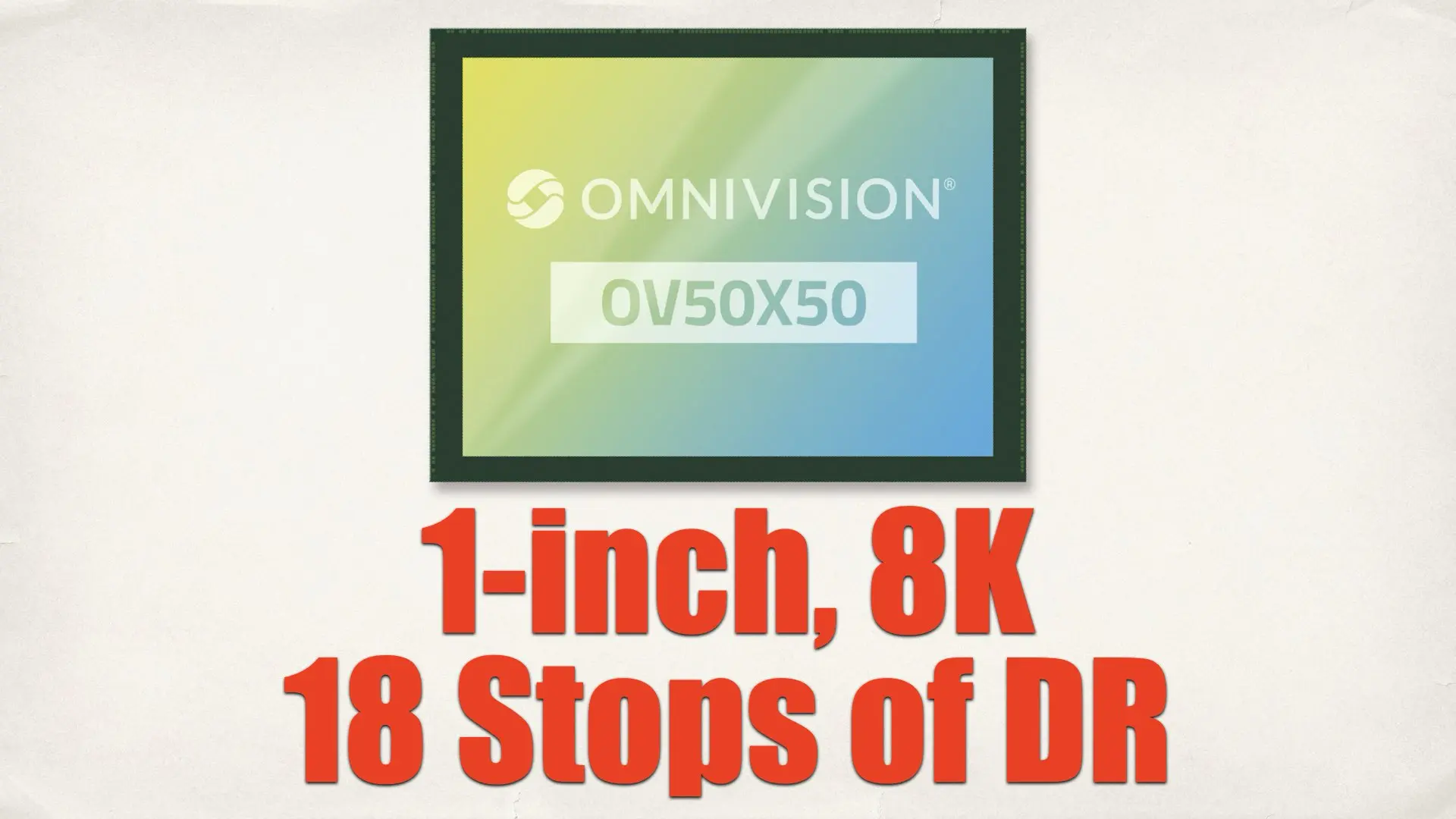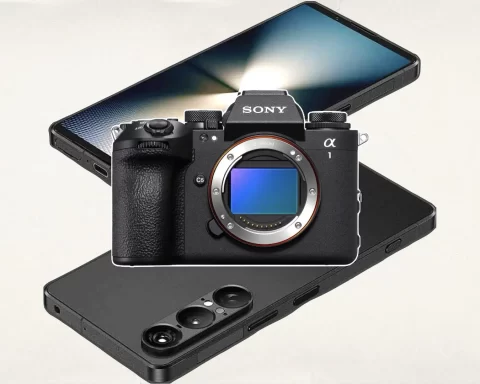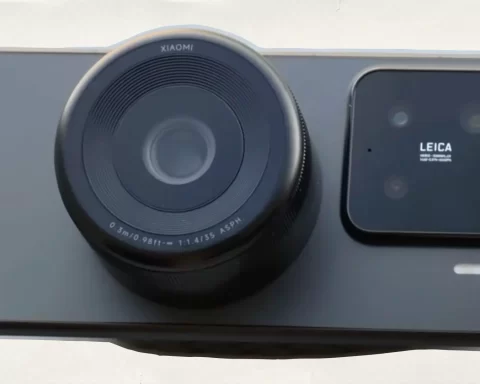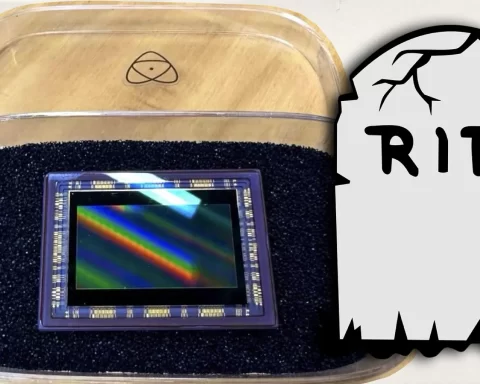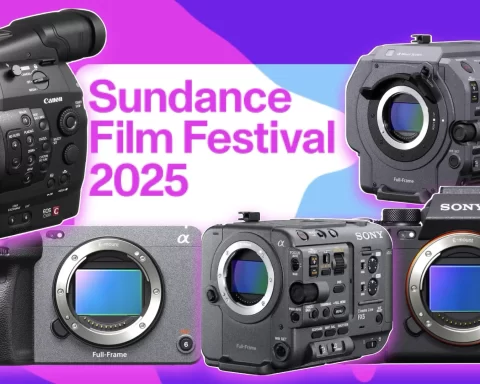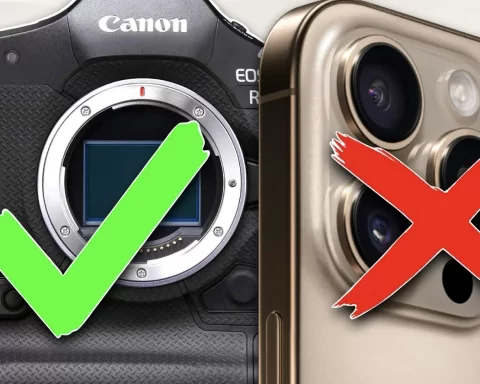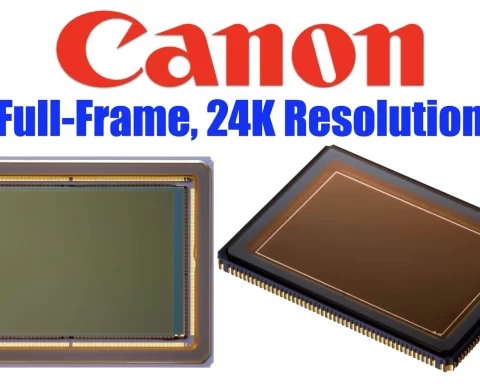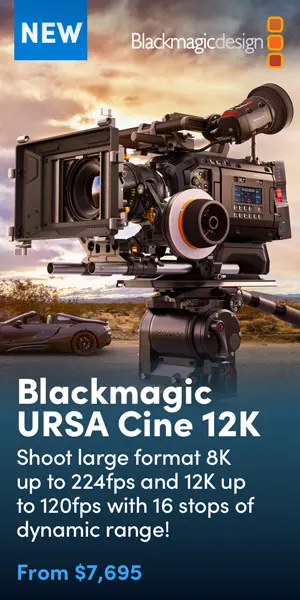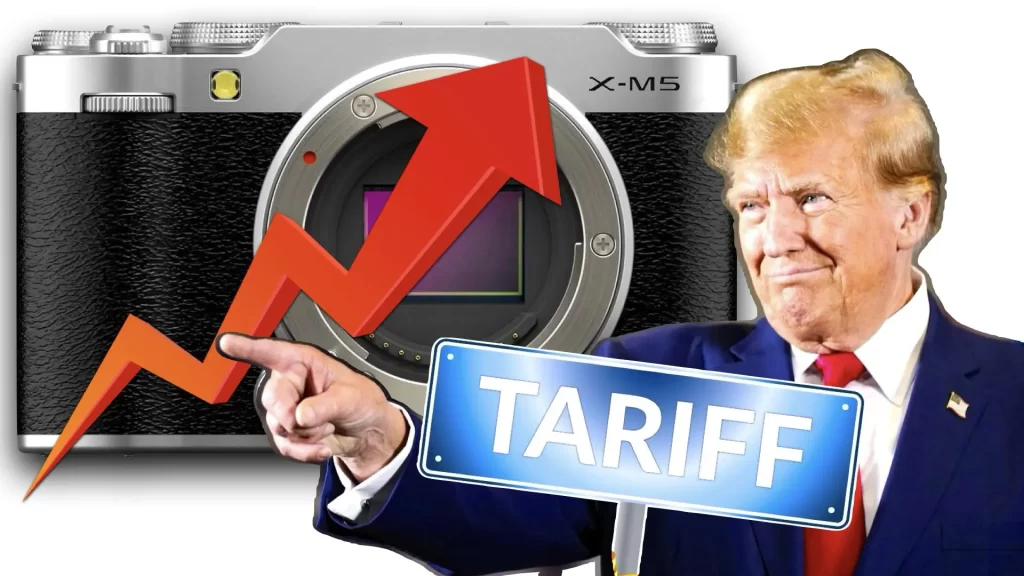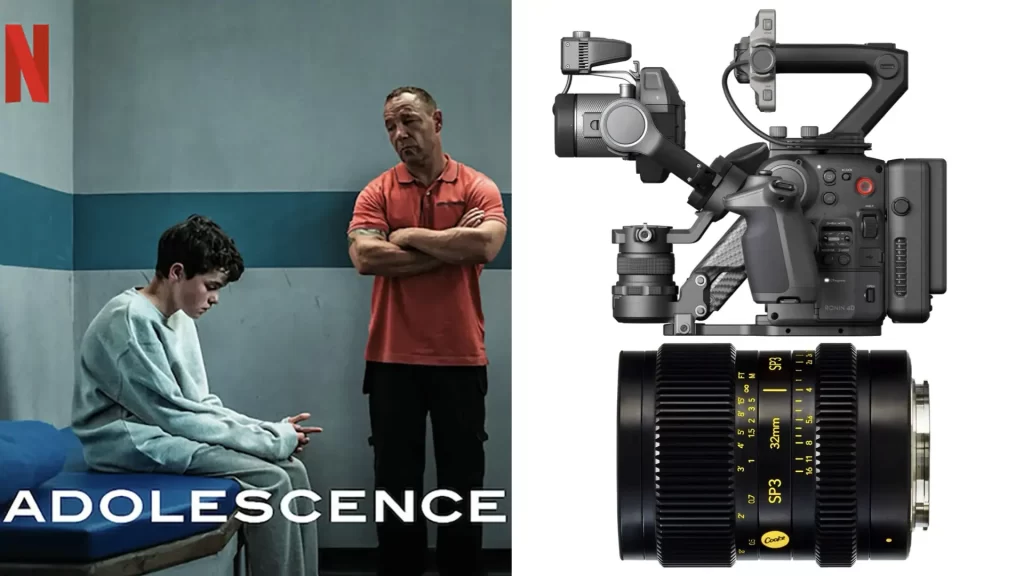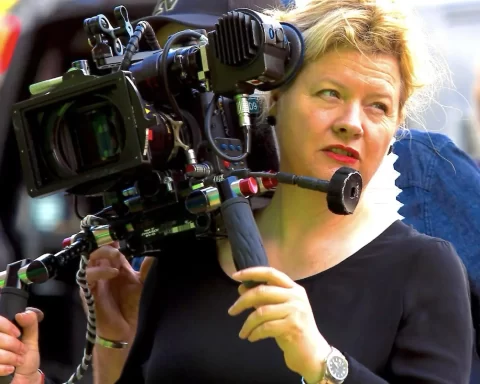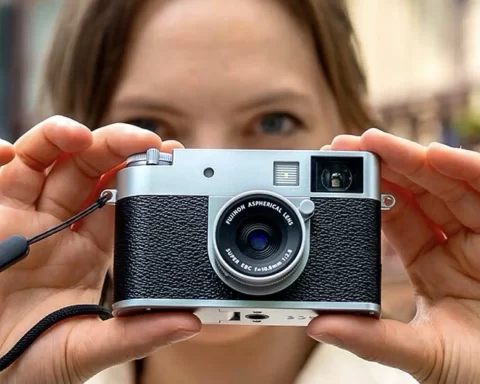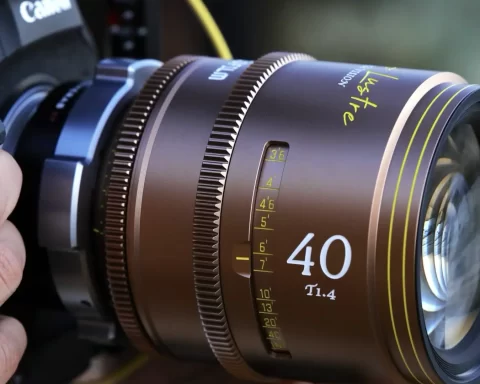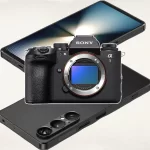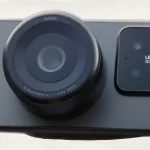OMNIVISION has just announced an ultra high dynamic range 1-inch image sensor designed specifically for flagship smartphones. Capable of capturing 18 stops of dynamic range and recording 8K video at an astonishing 180 frames per second, this sensor signals a monumental leap in mobile imaging. With this new sensor, OMNIVISION has entered an elite tier, blurring the line between smartphones and professional cinema cameras. But what does this mean for the future of smartphone cinematography?
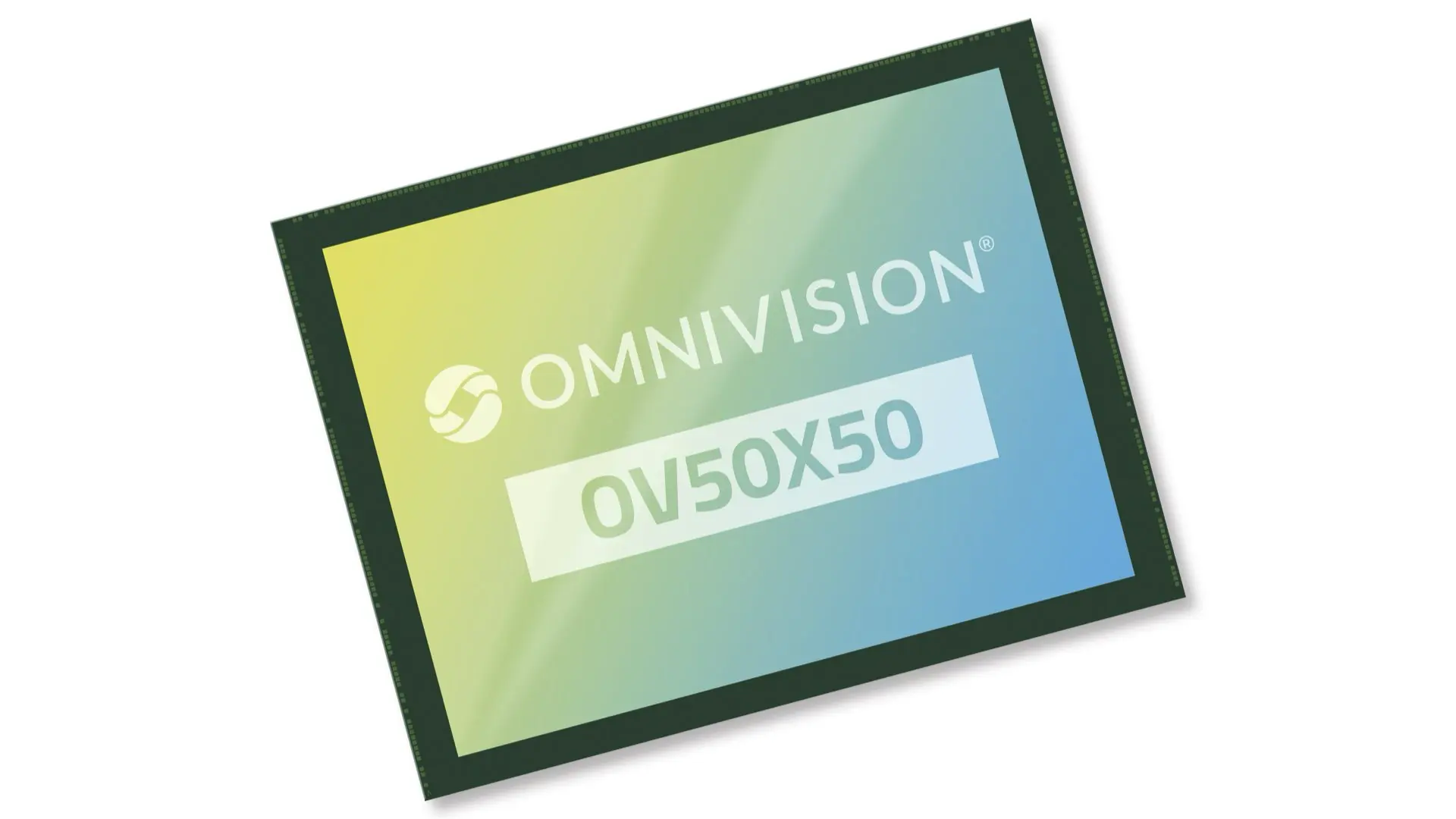
The Very Impressive Specs
On April 12, 2025, OMNIVISION revealed the OV50X50, a 50-megapixel, 1-inch stacked CMOS image sensor tailored for flagship smartphones. What sets it apart?
-
18 stops of dynamic range via HDR 4-exposure staggered technology
-
8K video recording at up to 180 frames per second
-
1-inch format with a 1.2µm pixel size
-
The world’s first 1-inch sensor with TheiaCel technology
-
On-chip remosaic and 100% Quad Phase Detection (QPD)
In short, this is not just an evolution—it’s a potential revolution in smartphone imaging.
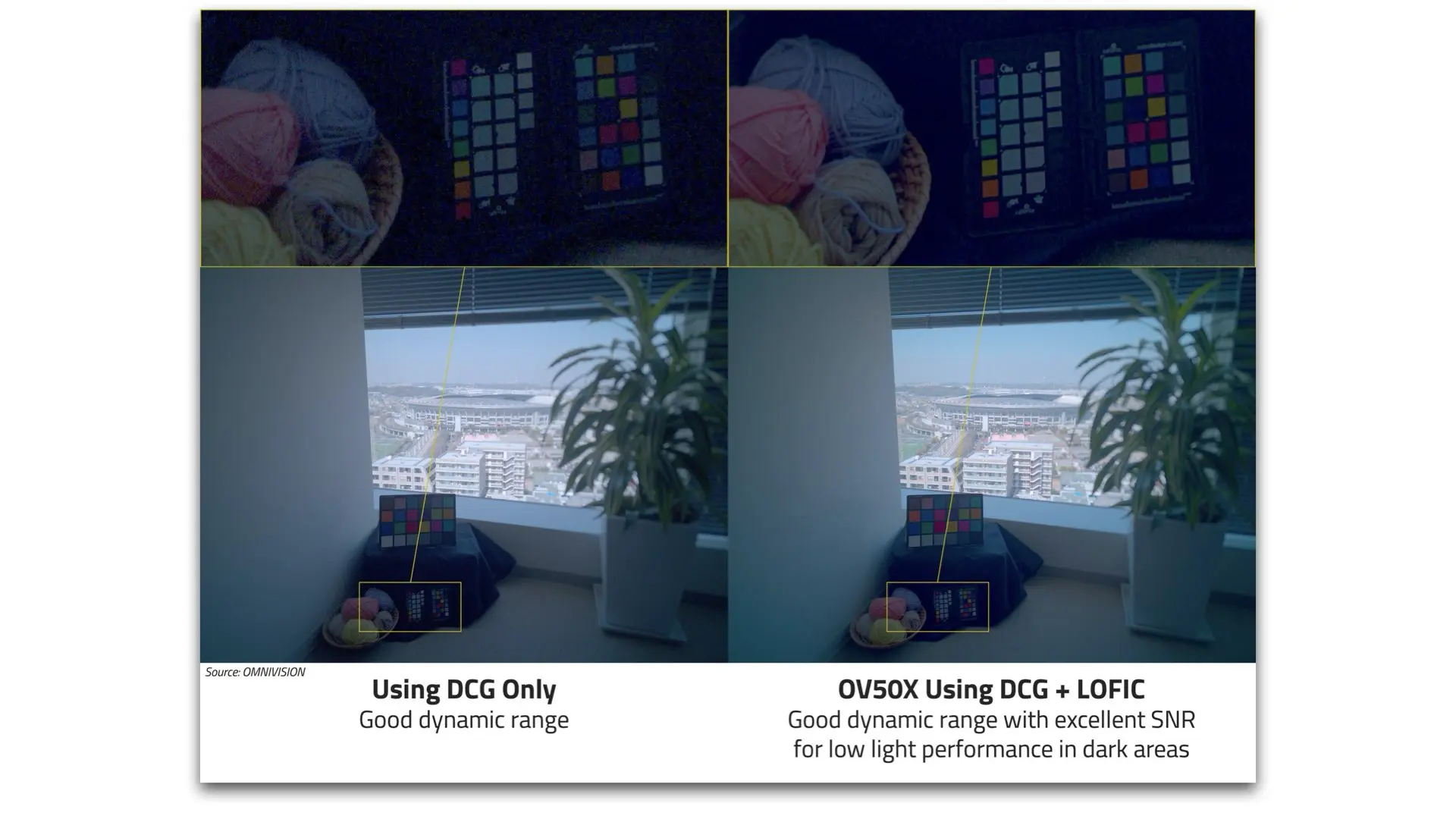
Is the 1-Inch Sensor the New Holy Grail?
While Sony recently stated that full-frame sensors won’t find their way into smartphones anytime soon, citing heat, size, and power constraints (Sony Says Smartphones Will Not Incorporate Full-Frame Sensors), the race toward large mobile (1-inch and beyond) sensors has clearly not halted. Instead, companies like OMNIVISION are rethinking sensor technology within the constraints of the smartphone form factor. A 1-inch sensor was once considered a pipe dream for mobile devices. Now, with OMNIVISION pushing the limits of what’s possible, smartphone cameras may truly be entering a cinematic age.
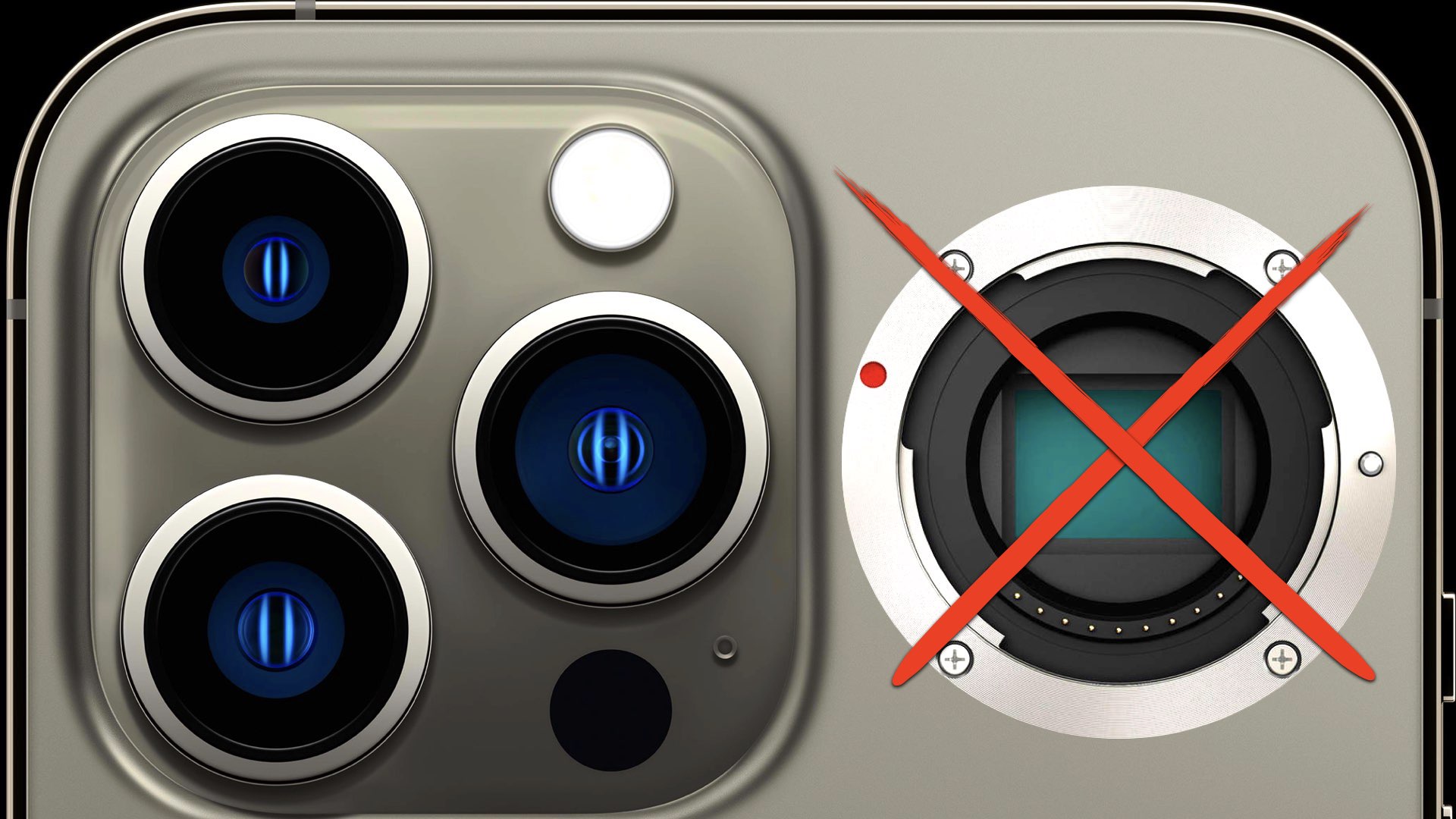
The Legacy of the Sensor Size Arms Race
Looking back, the trend has been clear. As documented in the historical analysis Visualization: Cameras vs Smartphones (1951–2021), smartphones have been encroaching on the territory of dedicated cameras year after year. Smaller sensors have improved dramatically thanks to computational photography, but hardware—not just software—is finally catching up. The announcement also echoes sentiments from the provocative piece Are You Ready for Smartphones with Micro Four Thirds Sensors?. While the industry speculated on larger formats like Micro Four Thirds, OMNIVISION has arguably leapfrogged expectations by refining the 1-inch format, which historically sits at the intersection of premium compact cameras and prosumer video gear.
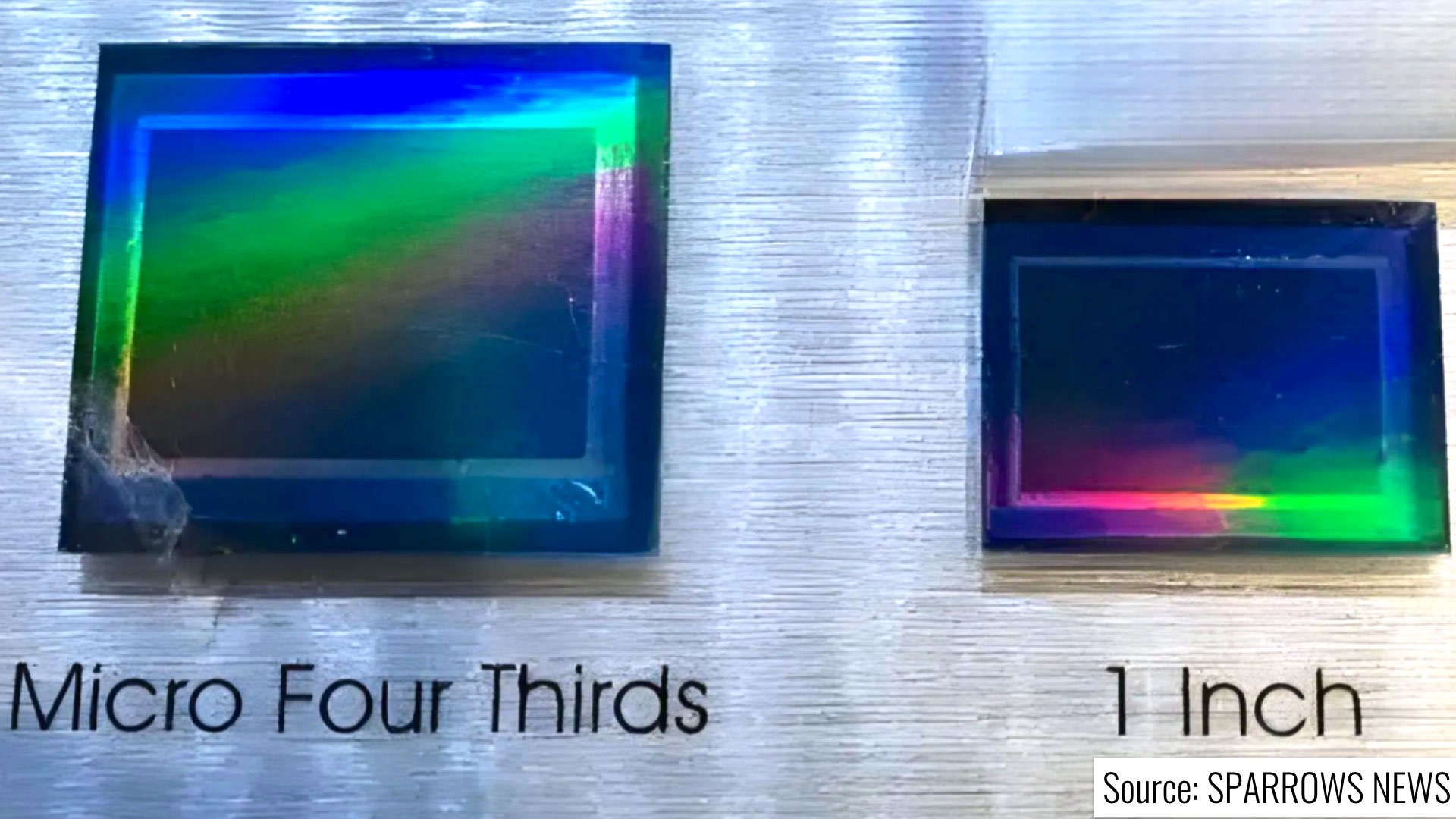
The 8K Dream—Now at 180fps?
In late 2021, we predicted 2022 Would Be the Year of 8K Smartphones. While many devices have since adopted 8K capture, OMNIVISION has obliterated that ceiling by offering up to 180fps at 8K resolution. This spec is not only about resolution—it’s about dynamic visual storytelling. The ability to shoot high-speed 8K footage at a wide dynamic range means flagship phones could soon be used on high-end productions where they were once excluded.

A Direct Challenge to Apple?
This launch also reinvigorates the ongoing discussion surrounding Apple’s next move. In Will Apple Implement a Large Sensor in its Next iPhone?, we speculated whether Apple would finally embrace a larger imaging format. While Apple remains tight-lipped, OMNIVISION’s move could either pressure Apple to follow suit, or set the stage for other Android flagships to take the lead in cinematic capture. Imagine if this sensor found its way into a device from Samsung, Vivo, or Xiaomi, which already dabble in advanced video features. Apple, with its ecosystem of ProRes, Dolby Vision, and Final Cut integrations, may need to respond not only with software, but with bigger hardware reading its iPhone’s R&D.

Beyond Content Creation—Toward Professional Filmmaking
Let’s be clear: the OV50X50 sensor is not for Instagram filters. With such massive dynamic range, frame rate, and sensor size, this is a tool for serious video production, potentially usable on independent films, documentaries, and even mainstream cinema—especially when paired with mobile-focused filmmaking rigs, and RAW capabilities. With the integration of TheiaCel, OMNIVISION’s alternative to traditional HDR merges multiple exposures in real time at the pixel level. This innovation avoids ghosting artifacts and ensures ultra-smooth highlights and shadows—ideal for cinematic capture. And here’s what the company has to say about it:
OMNIVISION launched its new OV50X CMOS image sensor with the mobile phone industry’s highest dynamic range, for movie-grade video capture. The OV50X is a 50‑megapixel (MP) sensor with a 1.6‑micron (µm) pixel in a 1‑inch optical format designed for flagship smartphones that require high dynamic range (HDR) video and preview with single exposure, excellent low-light performance, fast autofocus and high frame rates. Smartphones are used in the majority of video and photo capture today, and cinematic-quality video recording has become a highly demanded feature among consumers for flagship mobile phones,” said Takuritsu Li, marketing manager, OMNIVISION. “Our OV50X image sensor was designed with the professional videographer and photographer in mind, featuring a large 1‑inch optical format image sensor that provides close to 110 decibel (dB) single-exposure HDR; consumers can now own a smartphone capable of superior video and photo capture around the clock, even in challenging capture conditions such as sunrise, sunset, nighttime with bright lights, or overcast days.
The OV50X supports 4‑cell binning for 12.5MP at 180 frames per second (fps) and 60 fps with three-channel HDR. It offers premium-quality 8K video with dual analog gain (DAG) HDR and on-sensor crop zoom. OMNIVISION’s TheiaCel™ technology further expands single exposure HDR close to 110 dB—the highest range possible in smartphones. The sensor also supports 100% coverage quad phase detection (QPD) for best-in-class autofocus performance. The OV50X is built on OMNIVISION’s PureCel®Plus‑S stacked-die technology, enabling excellent low light performance.
The OV50X is sampling now and will be in mass production in Q3 2025.
OMNIVISION
The Beginning of a New Imaging Paradigm?
While other sensors are often limited by compromise, OMNIVISION’s new offering seems to be free of major trade-offs. High frame rate? Check. Large sensor? Check. Cinematic dynamic range? Check. Autofocus and remosaic technology? Absolutely. Yet, questions remain: which smartphone brands will adopt it? And how will this sensor handle thermal throttling and battery drain?

